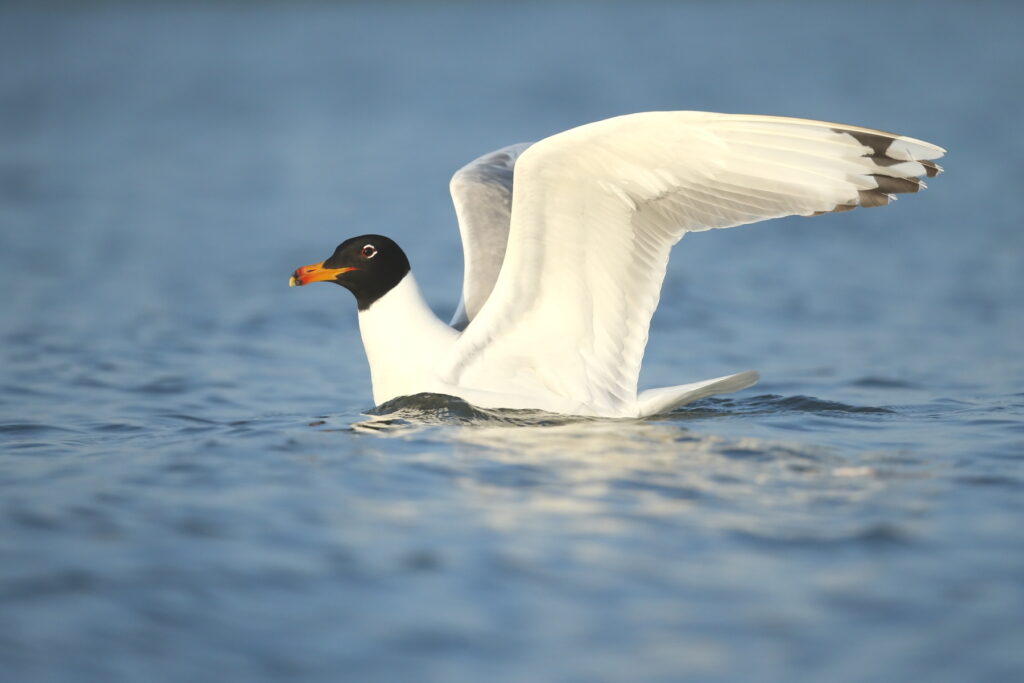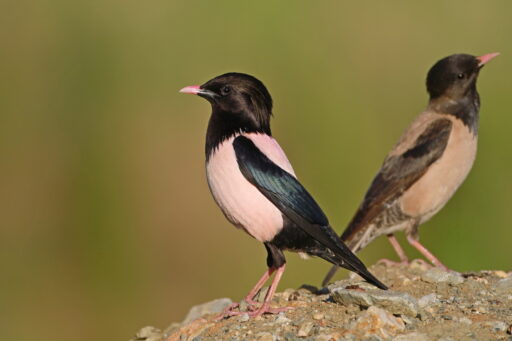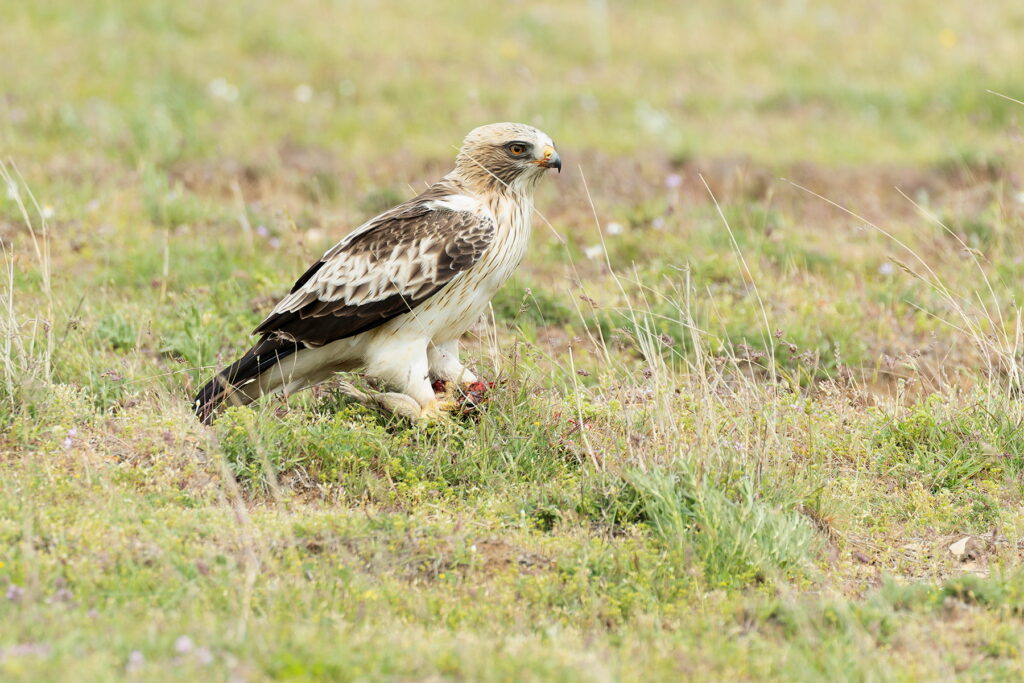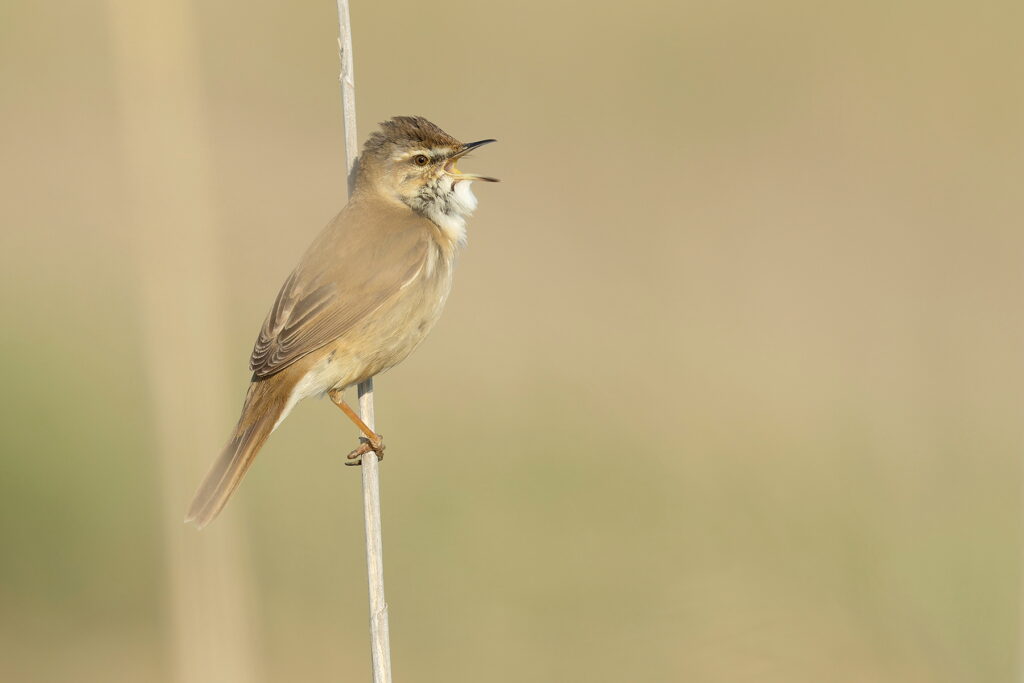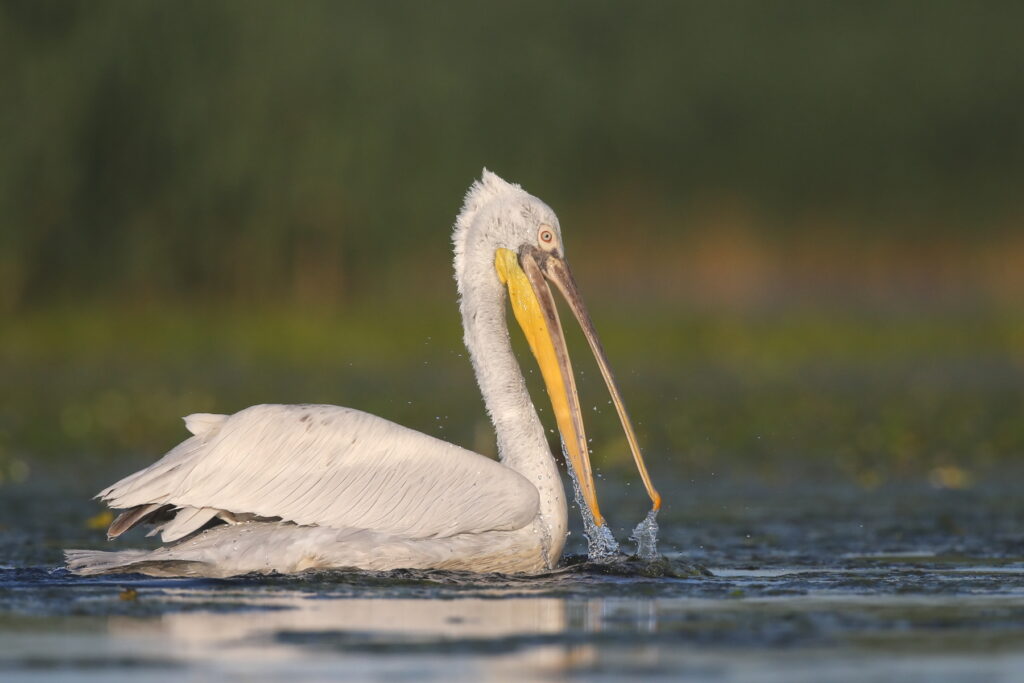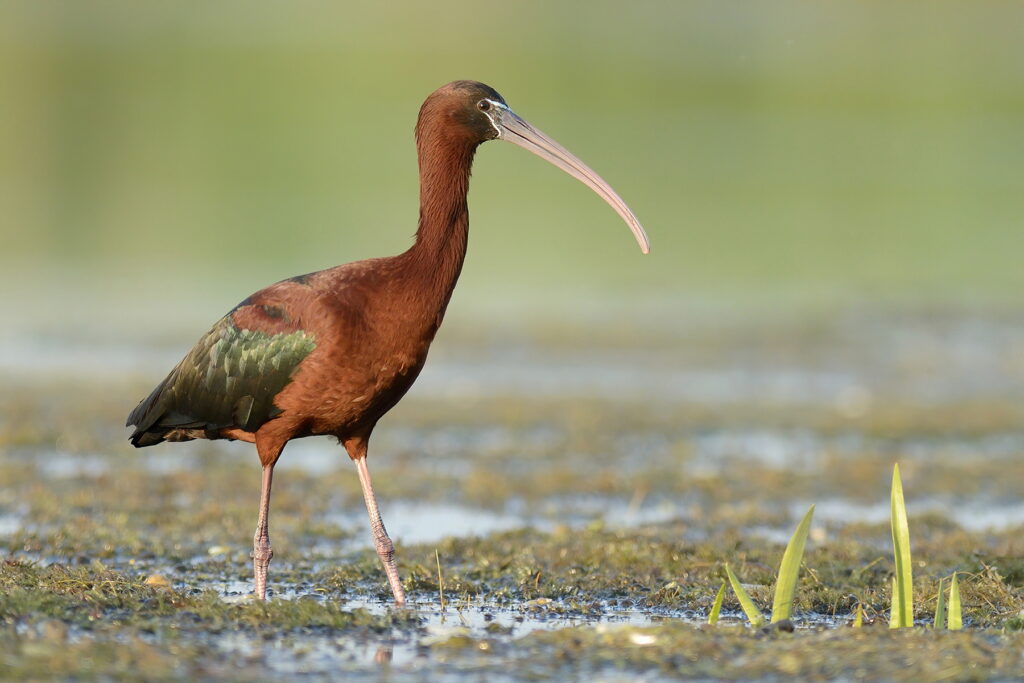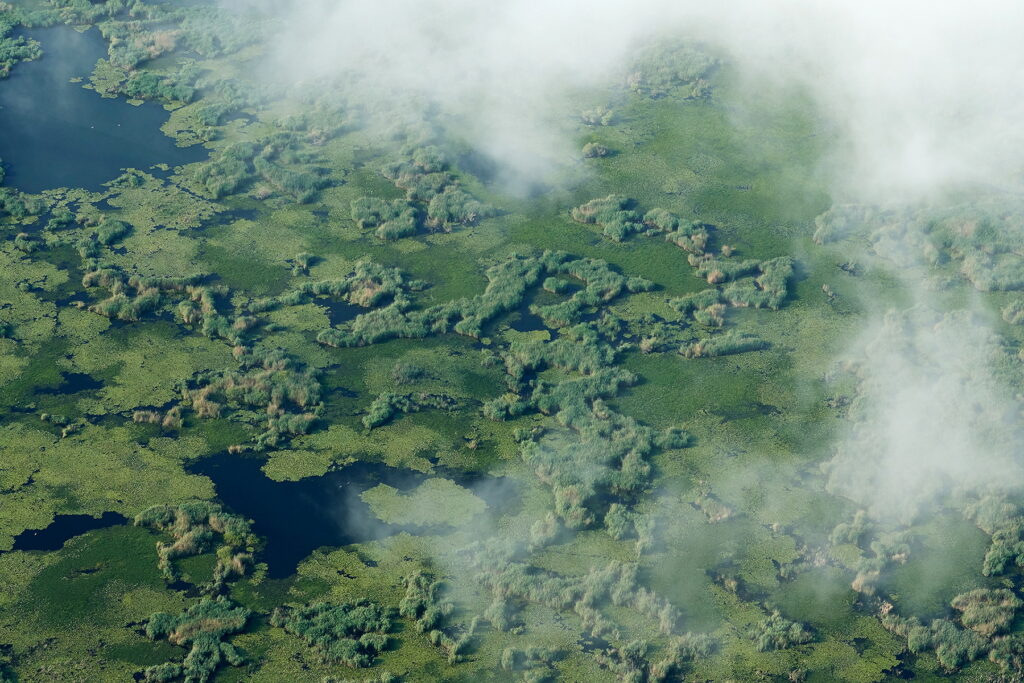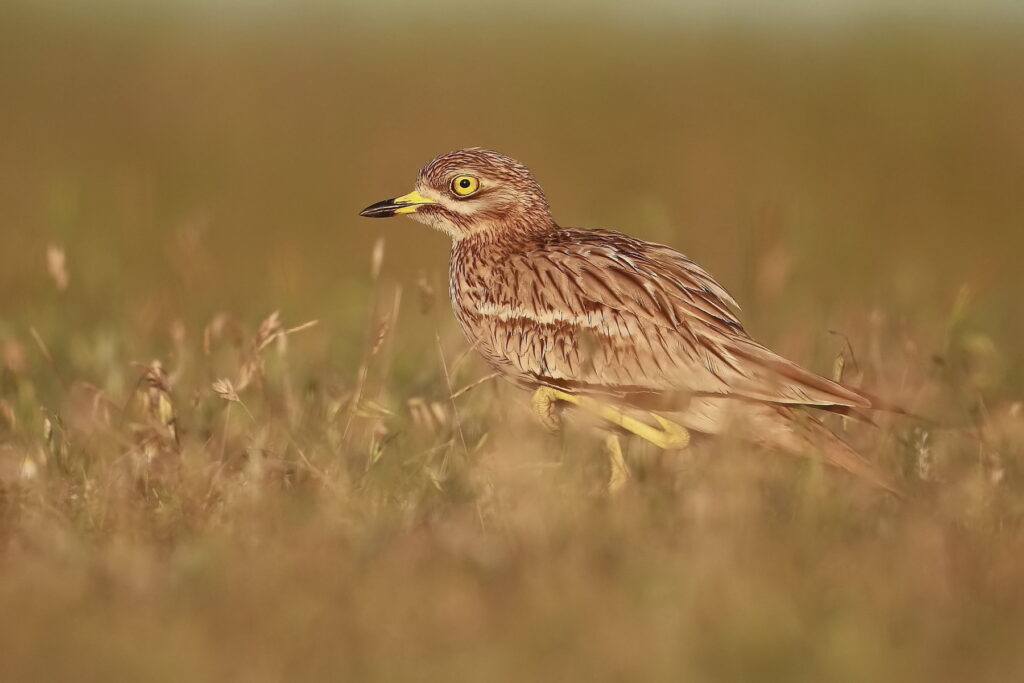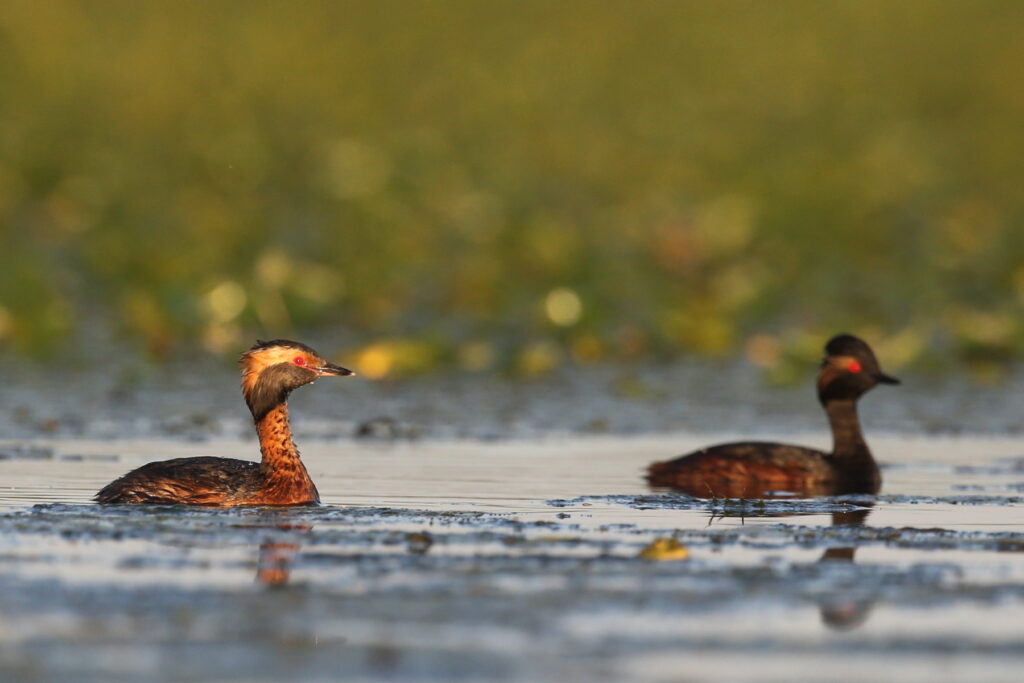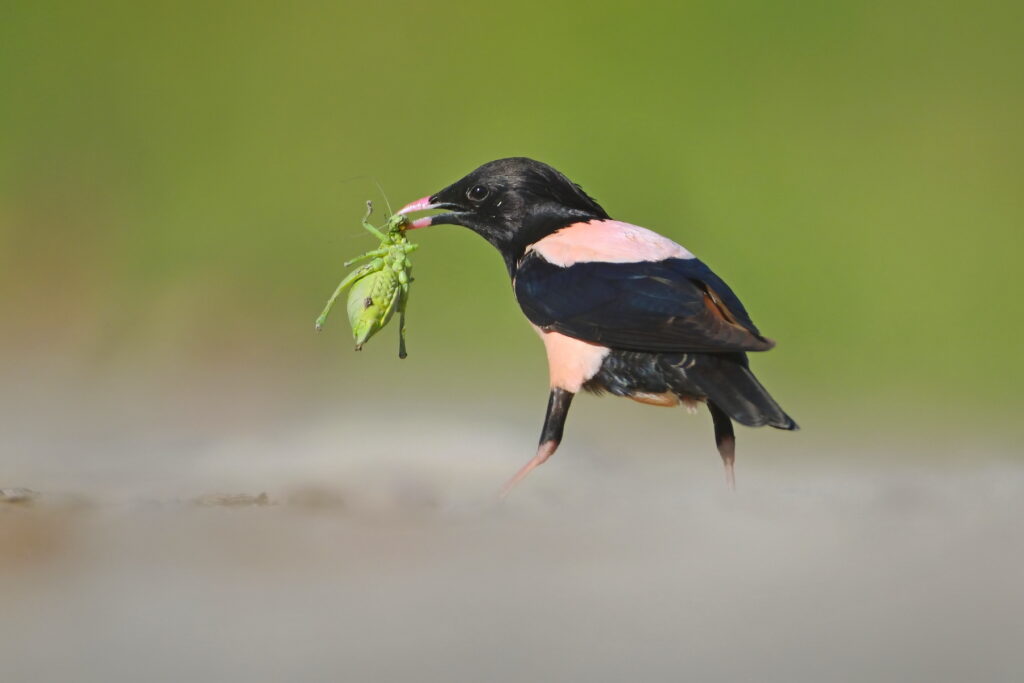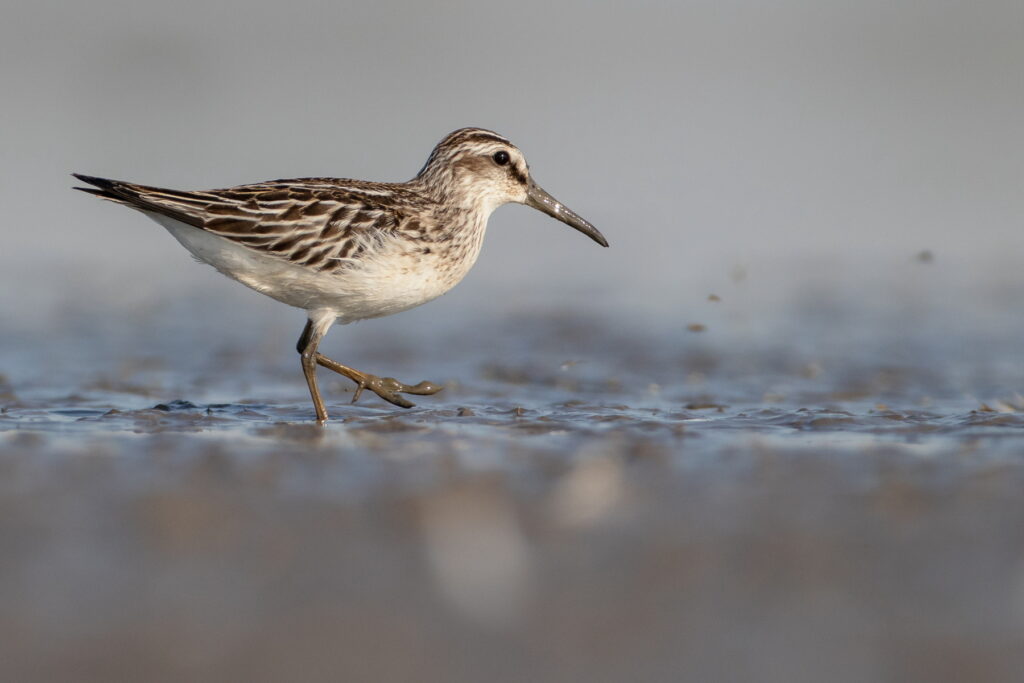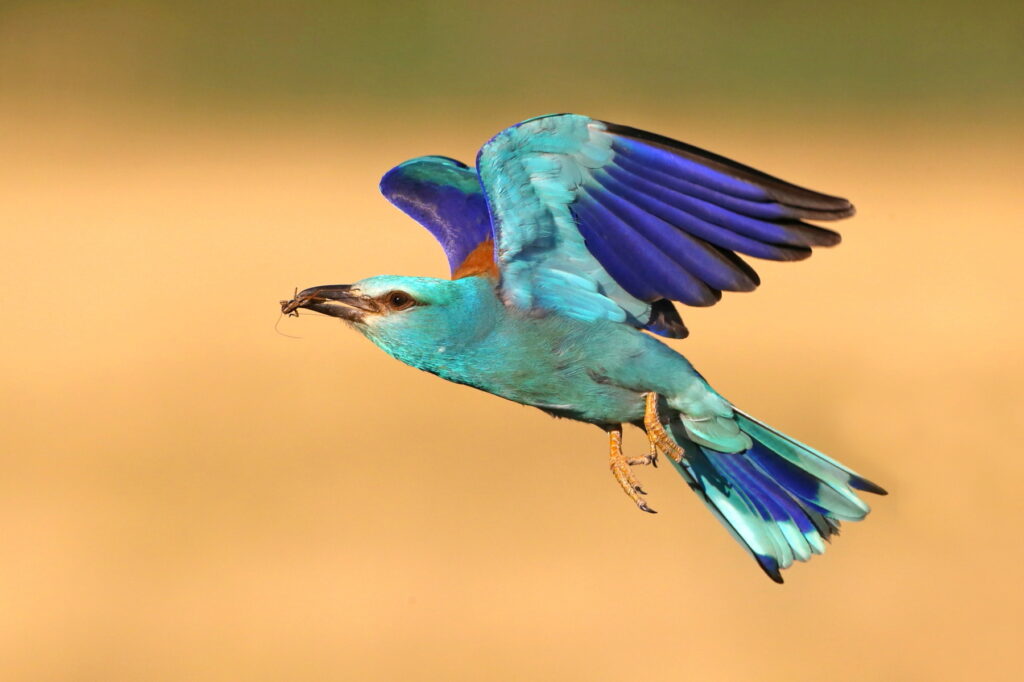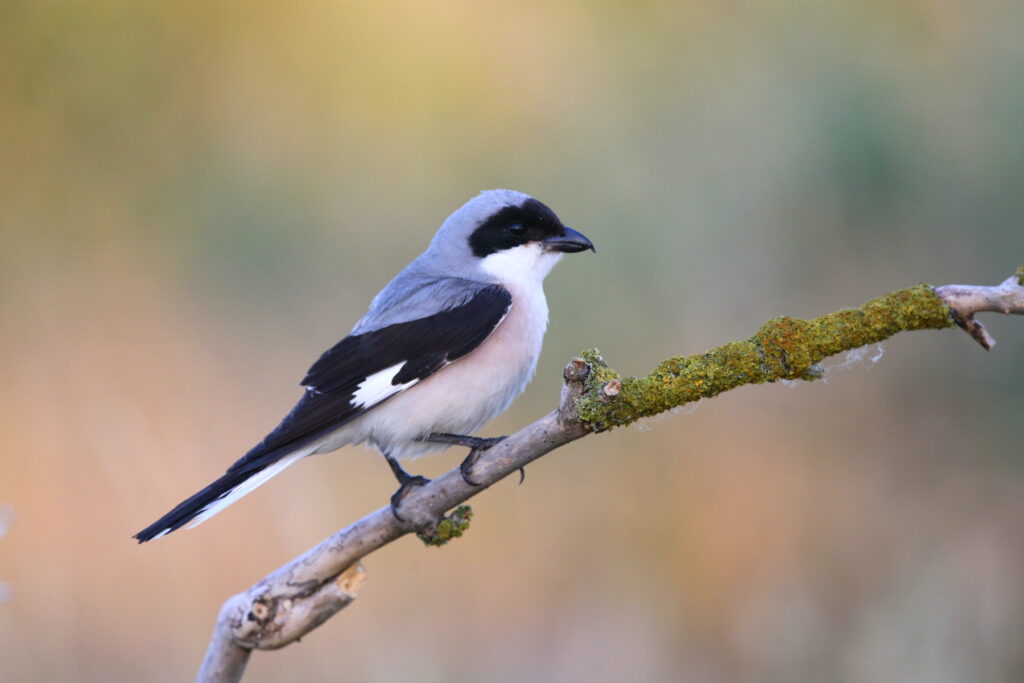Tour information
TOP TARGETS:
1) Paddyfield Warbler
2) Pallas’s Gull
3) Levant Sparrowhawk
4) Rose-colourd Starling
5) Broad-billed Sandpiper
6) Collared Pratincole
7) Red-breasted Flycatcher
8) Little Crake
9) Dalmatian Pelican
10) Rock Thrush
Tour starting and ending time: It is important to book your flight according to the official starting and ending times of the tour! Our bus and guide will be waiting all participants in the Otopeni Airport at Bucharest. Please make sure you can reach the starting point in time at 14:00 on the tour starting date! If you wish to arrive earlier to Bucharest our office can help you to book accommodation and logistics. However if you arrive early you need to make your way to the airport for the meeting time. In some cases we can pick up clients from the nearby airport hotels (please check with our office). Also very important that the tour only ends at 15:00 on the last day so please do not book flights out of Bucharest earlier than 17:00 on the last day!
The tour: A seven day holiday to south-eastern Romania, focusing on the spectacular spring migration of waterbirds and special breeding birds of the Danube Delta and Dobrudja.
Locations to be visited: Our first base will be on the Black Sea coast near Constanta from where we will discover the bird-rich lagoon complex and some steppe habitats (3nts). We will continue to the Danube Delta, where our base will be near Mila 23 fishing village (2nts) and finally we will stay near Macin for 1 night. In the Danube Delta we will visit many channels and lakes along the Sulina arm in search of the delta birds. The last evening and the following morning will be spent in the northern corner of Dobrudja, in the Macin Mountains National Park.
Group Size: The tour is a guaranteed departure from 3 participants upwards with a maximum group size of 10 participants plus Sakertour leader.
Accommodation: Comfortable 3-4 star hotels throughout with all rooms en suite.
Meals: All included in the price. The food is good. Breakfast and dinner at the hotels. Lunches will either be taken at a traditional place or as picnics in the field. We supply bottled water throughout the day.
Walking: Easy walks over flat terrain but sturdy waterproof walking shoes advised. There could be a moderate optional hike in the Macin Mountain.
Travel: Bucharest to Bucharest. Ground transport with car or minibus, depending on the number of participants. In the Danube Delta we use small or medium size boats depending on the number of participants.
Expected bird list: 170-190 species
Price and Date
| Tour date: | May 18 ‒ May 24, 2025 |
Guaranteed departure | |
| Price from: | 1690 €/person |
| Deposit: | 400 €/person |
| Single room suplement: | 210 €/person |
| Availability: | Booking closed |
| Tour date: | May 24 ‒ May 30, 2026 |
Guaranteed departure | |
| Price from: | 1770 €/person |
| Deposit: | 400 €/person |
| Single room suplement: | 180 €/person |
| Availability: | Places available |
|
BookingGuaranteed departure
|
|
Booking deposit: As soon as you fill out a booking form we will send you a deposit invoice and information of the final payment.
Cost includes:
- Bucharest-to-Bucharest all inclusive
- All transportation throughout the tour
- All meals
- All accommodation
- All entrance fees
- Bird checklist
- Local guides
Cost excludes:
- International flight to Bucharest
- Personal Travel Insurance
- Alcoholic drinks
- Services of personal nature (telephone calls, laundry etc.)
- Tips to guides
Detailed Itinerary
Day 1. After arrival in Bucharest we will need three hours to reach our first destination near Constanta. If the flights and the traffic allows we do some afternoon birding in the Sitorman rock quarry where we can see our first Isabelline and Pied Wheatears and even Eurasian Stone Curlew. We spend the next three nights near Constanta.
Day 2-3. We will start the day with an optional pre-breakfast birding around the hotel. In the next two days we will visit several birding sites in this region. Best locations change year by year but we will enough time to visit the best places! Usually we visit Wolf`s Peninsula wetland site, close to the Sinoe lake. In spring time it is one of the best places for waders, terns, gulls, pratincoles and pelicans. In the agricultural fields we shall see migrating Red-throated Pipits, different forms of Yellow Wagtails, Red-footed Falcons, displaying Calandra and Short-toed Larks. The biggest Dalamatian Pelican colony of the Danube Delta is close to this place and small groups often rest here. We will also visit Histria and Vadu. Here Collared Pratincoles breed and also the best sites to look for the scarce and elusive Paddyfield Warbler. We will also want to visit some steppe habitat and some limestone gorges for breeding Pied, Isabelline and rarely even Eastern Black-eared Wheatears as well as for raptors and we should see Marsh and Montagu`s Harriers, Eurasian Honey Buzzard, Booted Eagle and Short-toed Eagle, Long-legged Buzzard, Red-footed Falcon and possibly Levant Sparrowhawk. Small woodlands or bushy areas in the middle of the steppe are inhabitated by breeding passerines such as Red-backed Shrikes, Lesser-Grey Shrikes, Barred Warblers, Rollers, Golden Orioles but even rarities such as Woodchat Shrike can sometimes be seen here.
Day 4. After our usual morning birding and a well deserved breakfast we will leave for Tulcea. We will have an optional stop in the Babadag Forest or at the Enisala Castle. In the early afternoon we will board our boat and start to explore the Danube Delta. We will travel along the Sulina arm of the Danube. We will take a longer ‘birding’ route towards our hotel near Mila 23 village. It is a fishing settlement in the Delta. Here the inhabitants are Russians, known as Lipovans, they left Russia in the reign of Catherine the Great during the 18th century; their villages are distinctive with turquoise blue and white houses and onion-tower churches. In the afternoon we will have a thorough exploration of the most bird-rich lakes of the area.
Day 5. A full day exploring the Danube Delta for a selection of birds. In these varied habitats with many lakes and channels, vast reed beds, Willow and Poplar forests many breeding birds find their home here. At this time of the year a lot of typical delta birds will be on the height of their breeding. We will see many Little Egrets, Great-white Egrets, Squacco Herons, Night Herons, Purple Herons, Spoonbills, Glossy Ibises, Pygmy Cormorants and both White and Dalmatian Pelicans. At different lakes we will find Red-necked, Black-necked and Great Crested Grebes and Ferruginous Ducks. With luck, we might encounter the impressive Pallas’s Gull too, which has started to breed in the delta just recently and the population is now expanding. White-tailed Eagles often perch in the Willow trees along the channels and lake edges and sometimes they allow close views from the boat. Flocks of White Pelicans are a daily attraction when they move from their breeding colony to feeding places. In the northern part of the Danube Delta about 10 000 pairs of White Pelicans breeding which is the biggest number in Europe (or perhaps the World). European Hobbies skim low above the reed beds in pursuit of the delta’s abundant dragonflies. In the Willow trees we shall see Penduline Tit, Thrush Nightingale, Garden Warbler, Eastern Oliveaceus Warbler, Common Redstart, Grey-headed and Black Woodpeckers while in the extensive reedbed we can find Bearded Tit, Savi’s Warbler, Great Reed Warbler and Reed Bunting. The density of Common Cuckoos is absolutely amazing here! With luck we can come across the secretive Little Crake as well. Night in the Danube Delta near Mila 23.
Day 6. Following a nice pre-breakfast birding around the hotel we will have yet another great boat session in the delta to look for any of the special birds we did not encounter the previous day. After lunch we will leave our accommodation behind and travel back to Tulcea. From the port we will continue to reach the Macin Mountain National Park in time for some late afternoon birding. This volcanic mountain is the oldest in Romania and owing to its habitat diversity it has some of the richest and most interesting fauna and flora, including numerous endemic plants and insects. This place has many breeding wheatears and raptors. Isabelline Wheatears breed in the grassy foothills while Pied and Northern Wheatears use the higher parts of the rocky slopes. From the sky Long-legged Buzzards, Short-toed Eagles, Booted Eagles and Levant Sparrowhawks lhunting for Sousliks, lizards or snakes. Sometimes even Eastern Imperial Eagle or Saker Falcon can be seen in this area although we should consider ourselves lucky to spot any of these scarce raptors. Other interesting birds in this area include Red-rumped Swallow, Common Rock Thrush, Sombre Tit and Ortolan Bunting. Night near Macin.
Day 7. After a final morning birding we will drive back to Bucharest where the tour ends at around 15:00.

